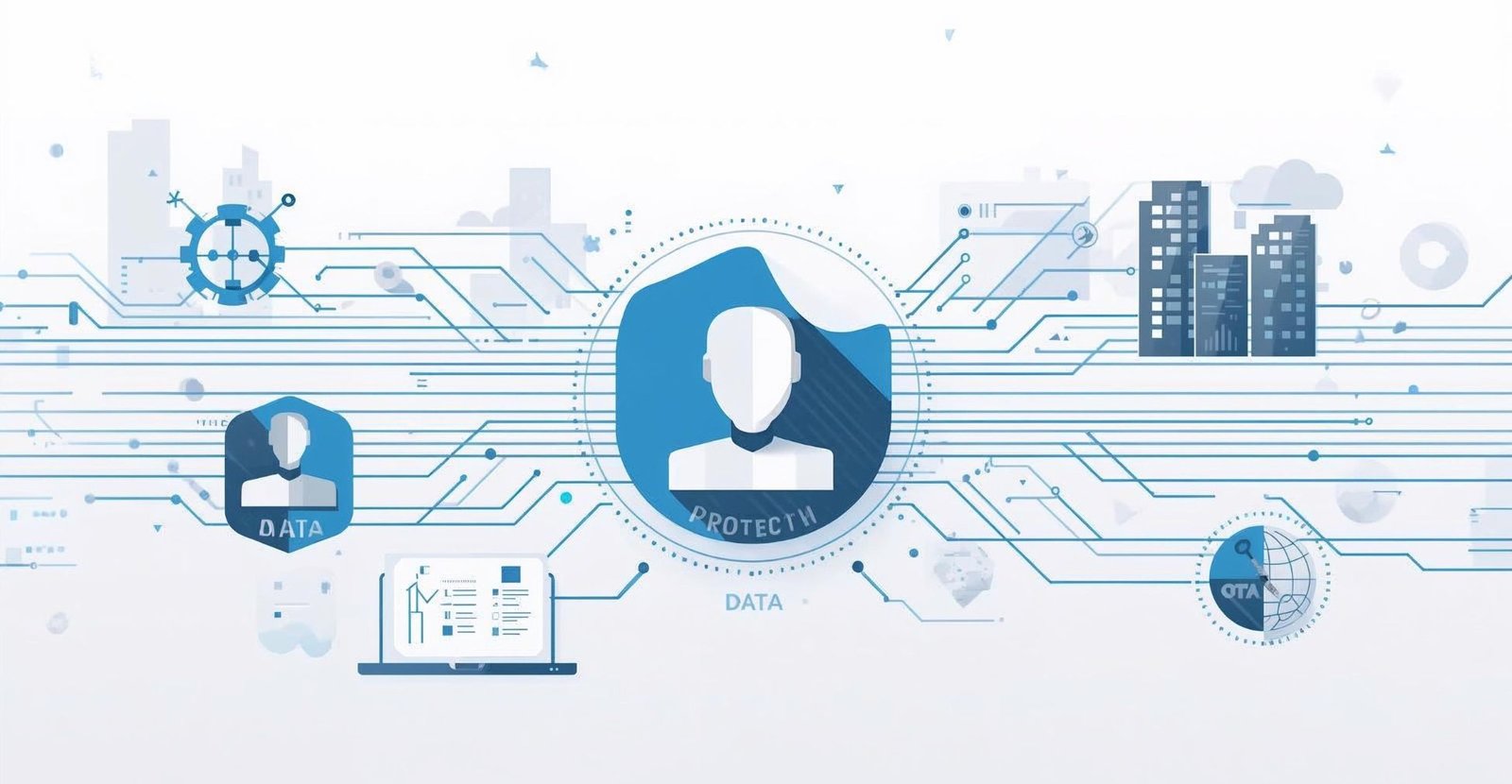Employee data is a vital asset for any organization, including businesses of all sizes. From personal records and payroll details to performance evaluations and work schedules, keeping this information well-organized ensures smooth operations and compliance with Philippine labor laws. For small businesses, efficient data management can help streamline processes and reduce administrative workload. For larger companies, handling vast amounts of employee data securely and effectively is even more critical to avoid inefficiencies and data breaches.
Improper data management can lead to security risks, errors, and miscommunication that could affect both the employees and the business as a whole. With the rise of digital transformation in workplaces, businesses must implement strategies to protect, streamline, and organize employee data effectively more than ever.
So, in this article, we’ll explore the key steps you can take to safeguard and optimize your employee data management system.
-
Identify Your Data Requirements
Before establishing an employee data management system, businesses must first determine what information they need to collect and store. This is crucial to maintain an organized system and uphold employee privacy rights. In the Philippines, businesses must comply with the Data Privacy Act of 2012. It mandates the collection and storage of only necessary employee data while ensuring confidentiality.
With this in mind, consider what employee data your business truly requires. Some common types of employee data include personal details such as their name, address, and contact information, as well as employment records like job titles, department assignments, and work history. Additionally, businesses need to store payroll and benefits information as well as performance reviews.
-
Choose the Right Tools and Software
Investing in digital solutions such as human resource management systems can significantly enhance the security and efficiency of employee data management. These tools centralize employee records in a single, secure platform, which reduces the risk of data loss or mismanagement. Businesses of all sizes can also use these tools to automate various HR processes. Particularly, payroll software for small businesses can help streamline scheduled payouts, funds transfers, and benefits management.
Manually processing payroll can be time-consuming and prone to errors, leading to issues such as incorrect salary disbursements or tax compliance problems. However, with the right software, these tasks can be automated. It ensures that employee salaries are calculated accurately and deductions are processed correctly based on government-mandated contributions like SSS, PhilHealth, and Pag-IBIG.
-
Standardize the Data Entry Process
A disorganized or inconsistent approach to data entry can result in errors, duplication, and difficulty in retrieving information when needed. Standardizing the data entry process ensures that all employee information is recorded accurately and uniformly across the organization.
To achieve this, businesses should establish clear guidelines for inputting data, including how to format names, dates, and job titles. Using structured templates can also help maintain accuracy and completeness when collecting information from employees.
Related Posts
-
Establish Data Maintenance Procedures
Managing employee data does not end with its collection and entry into a system, as records must also remain accurate and up-to-date. Businesses can ensure this by establishing data maintenance procedures. This involves conducting periodic audits to identify and remove outdated or incorrect records, preventing clutter and confusion. Scheduling routine updates is also essential, especially when employee information undergoes changes because of promotions, transfers, or changes in personal details.
-
Implement Privacy and Security Measures
Since employee data includes sensitive and confidential information, businesses must implement robust security measures to prevent unauthorized access and potential data breaches. One way to enhance security is by encrypting sensitive data, making it unreadable to unauthorized users. Regular security updates and patches should also be applied to HR software systems to fix vulnerabilities that cybercriminals could exploit.
Moreover, businesses should conduct regular cybersecurity training to educate employees on best practices, such as recognizing phishing scams and avoiding suspicious links that could compromise company data.
-
Have an Updated Crisis Management Plan
Despite implementing strong security measures, businesses must always be prepared for unexpected incidents such as data breaches or system failures. Having a well-defined crisis management plan ensures that the company can respond quickly and effectively in such situations.
A crucial part of this is maintaining regular data backups, which allow businesses to restore lost or compromised information without significant downtime. Companies should also develop a structured incident response plan that outlines specific steps to take in the event of a data breach. This can include notifying affected employees, assessing the extent of the breach, and implementing corrective actions to prevent future occurrences.
Properly protecting, streamlining, and organizing employee data is essential for any business. As more businesses in the Philippines embrace digital solutions, prioritizing data management will enhance operational efficiency and safeguard sensitive employee information from potential threats. Indeed, investing in the right strategies today will ensure a more organized and future-proof workplace for years to come.










